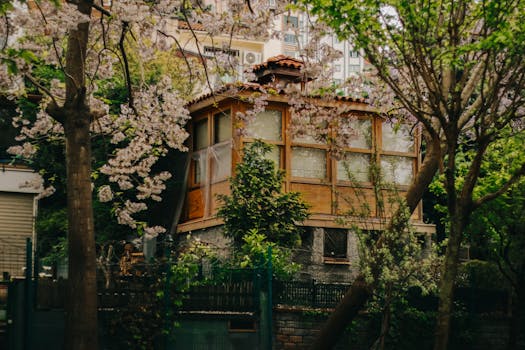
Urban Green Spaces: The Future of Outdoor Living in European Cities by 2025
Urban green spaces are becoming increasingly important in European cities, and for good reason. As the world becomes more urbanized, the need for green spaces has never been more pressing. Urban green spaces are not just aesthetically pleasing, but they also provide a range of benefits for both the environment and human health. In this article, we will explore the future of outdoor living in European cities and the role that urban green spaces will play in it.
Introduction to Urban Green Spaces
Urban green spaces refer to any area of greenery in an urban environment, including parks, gardens, green roofs, and green walls. These spaces are designed to provide a range of benefits, including reducing air pollution, mitigating the urban heat island effect, and providing habitats for wildlife. They also offer a range of social benefits, including providing spaces for recreation, relaxation, and community building.
The Benefits of Urban Green Spaces
The benefits of urban green spaces are numerous and well-documented. Some of the most significant benefits include:
- Improved air quality: Urban green spaces can help to reduce air pollution by absorbing pollutants and producing oxygen.
- Reduced urban heat island effect: Urban green spaces can help to mitigate the urban heat island effect by providing shade and cooling the air through evapotranspiration.
- Increased biodiversity: Urban green spaces can provide habitats for a range of wildlife, including plants, animals, and insects.
- Improved mental health: Spending time in urban green spaces has been shown to have a range of mental health benefits, including reduced stress and improved mood.
- Increased social connections: Urban green spaces can provide opportunities for social interaction and community building.
The Future of Urban Green Spaces in European Cities
As European cities continue to grow and develop, the importance of urban green spaces will only continue to increase. In fact, the European Union has set a target of increasing the amount of green space in urban areas by 2025. This will involve a range of initiatives, including the creation of new parks and gardens, the restoration of existing green spaces, and the incorporation of green roofs and walls into building design.
Case Studies of Urban Green Spaces in European Cities
There are many examples of successful urban green spaces in European cities. Some notable examples include:
- The High Line in London: An elevated park built on an old rail line, providing a unique space for recreation and relaxation.
- The Park de la Villette in Paris: A large public park that incorporates a range of green spaces, including gardens, lakes, and forests.
- The Westerpark in Amsterdam: A large public park that includes a range of green spaces, including gardens, forests, and wetlands.
Conclusion
In conclusion, urban green spaces are a vital component of European cities, providing a range of benefits for both the environment and human health. As the world becomes more urbanized, the need for green spaces has never been more pressing. By 2025, European cities will have transformed the way we think about outdoor living, with urban green spaces playing a central role in the development of sustainable, healthy, and thriving cities.






